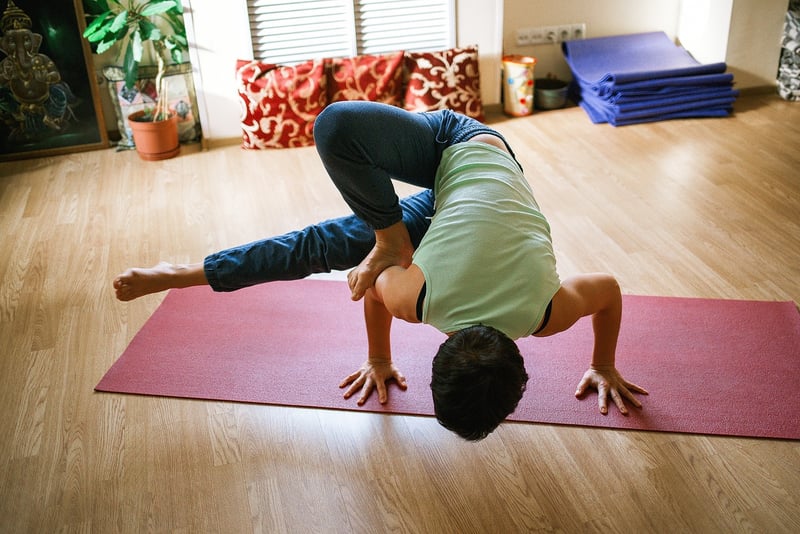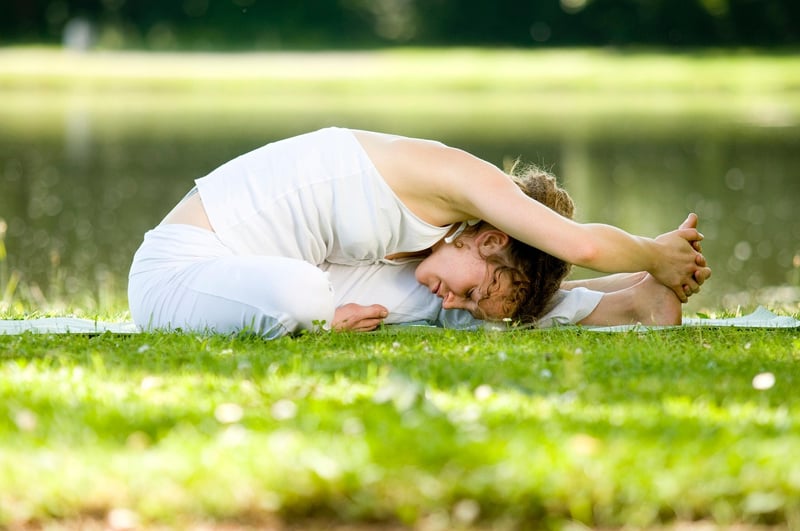Restorative poses
The Benefits of Combining Breath with Movement and Restorative Yoga Poses
Yoga is a practice that encompasses various styles and techniques, each offering unique benefits for the mind, body, and soul. Two popular approaches are combining breath with movement and practicing restorative poses. These practices can complement each other, providing a holistic approach to wellness and relaxation.
Combining Breath with Movement
When you synchronize your breath with movement in yoga, you create a sense of flow and mindfulness in your practice. This coordination allows you to deepen your stretches, improve your focus, and enhance the mind-body connection. By paying attention to your breath during each movement, you can cultivate a sense of presence and calmness.
Practicing yoga sequences that emphasize breath work can also help regulate your nervous system, reduce stress, and increase oxygen flow to your muscles. This combination of breath and movement can lead to improved flexibility, strength, and overall well-being.
Restorative Yoga Poses
Restorative yoga focuses on relaxation and rejuvenation, using props to support your body in gentle poses for extended periods. These poses help activate the parasympathetic nervous system, promoting rest and digest functions in the body. Restorative yoga is beneficial for reducing anxiety, easing muscle tension, and promoting deep relaxation.
Common restorative poses include Supported Child's Pose, Legs-Up-the-Wall Pose, and Reclining Bound Angle Pose. These poses are designed to release tension, increase circulation, and create a sense of ease and comfort in the body.
Combining Breath, Movement, and Restorative Poses
By integrating breath with movement and incorporating restorative poses into your yoga practice, you can experience a balanced and harmonious approach to self-care. Starting with dynamic sequences that focus on breath awareness and fluidity can help prepare your body for the stillness of restorative poses.
After a challenging day or intense workout, transitioning into restorative poses can offer a sense of deep relaxation and restoration. Combining both dynamic and passive elements in your practice can help you achieve a sense of equilibrium and inner peace.
Conclusion
Whether you prefer the fluidity of vinyasa flow or the stillness of restorative yoga, incorporating breath with movement and restorative poses into your practice can enhance your overall well-being. These complementary practices offer a holistic approach to self-care, allowing you to cultivate mindfulness, reduce stress, and nurture your body and mind.


